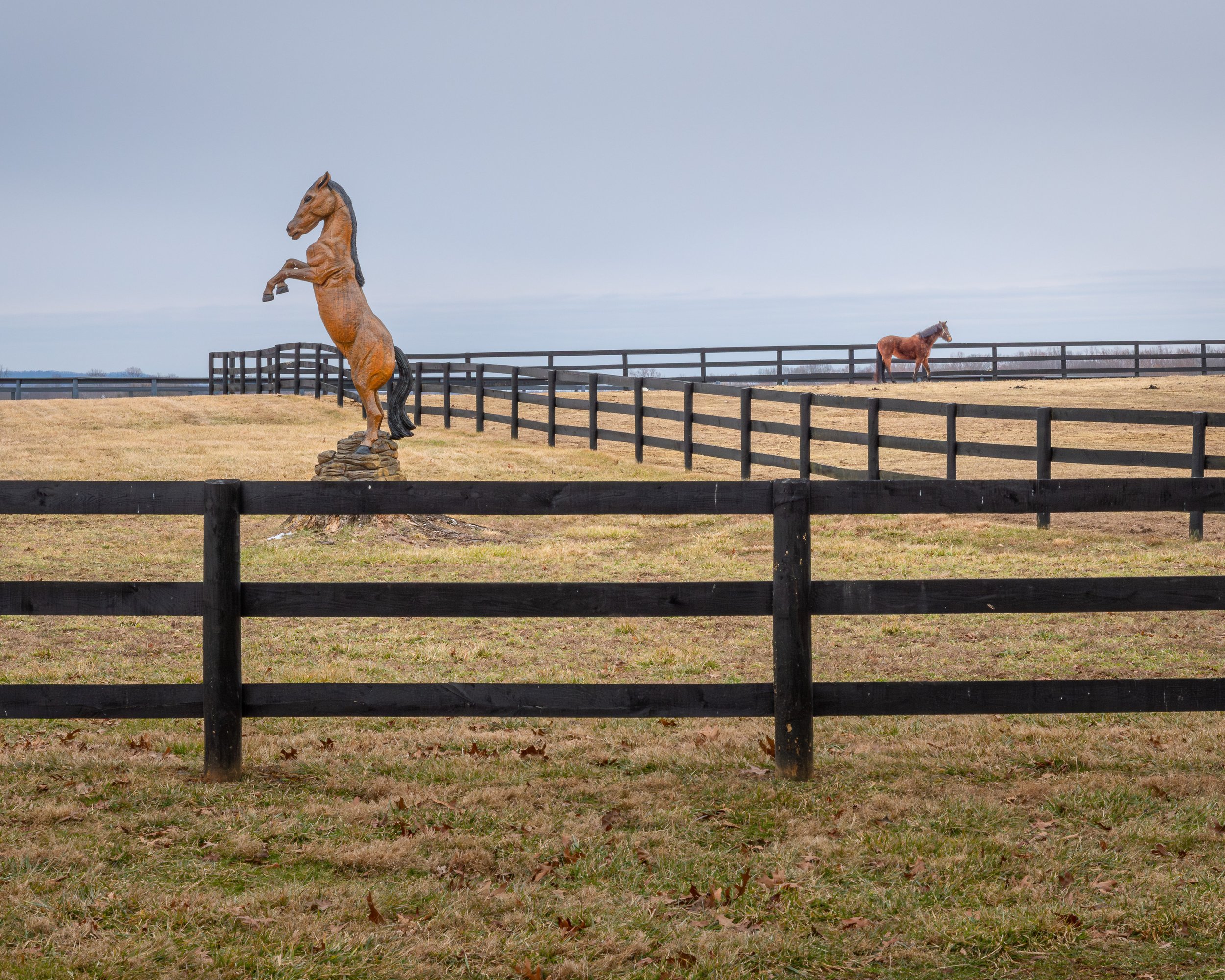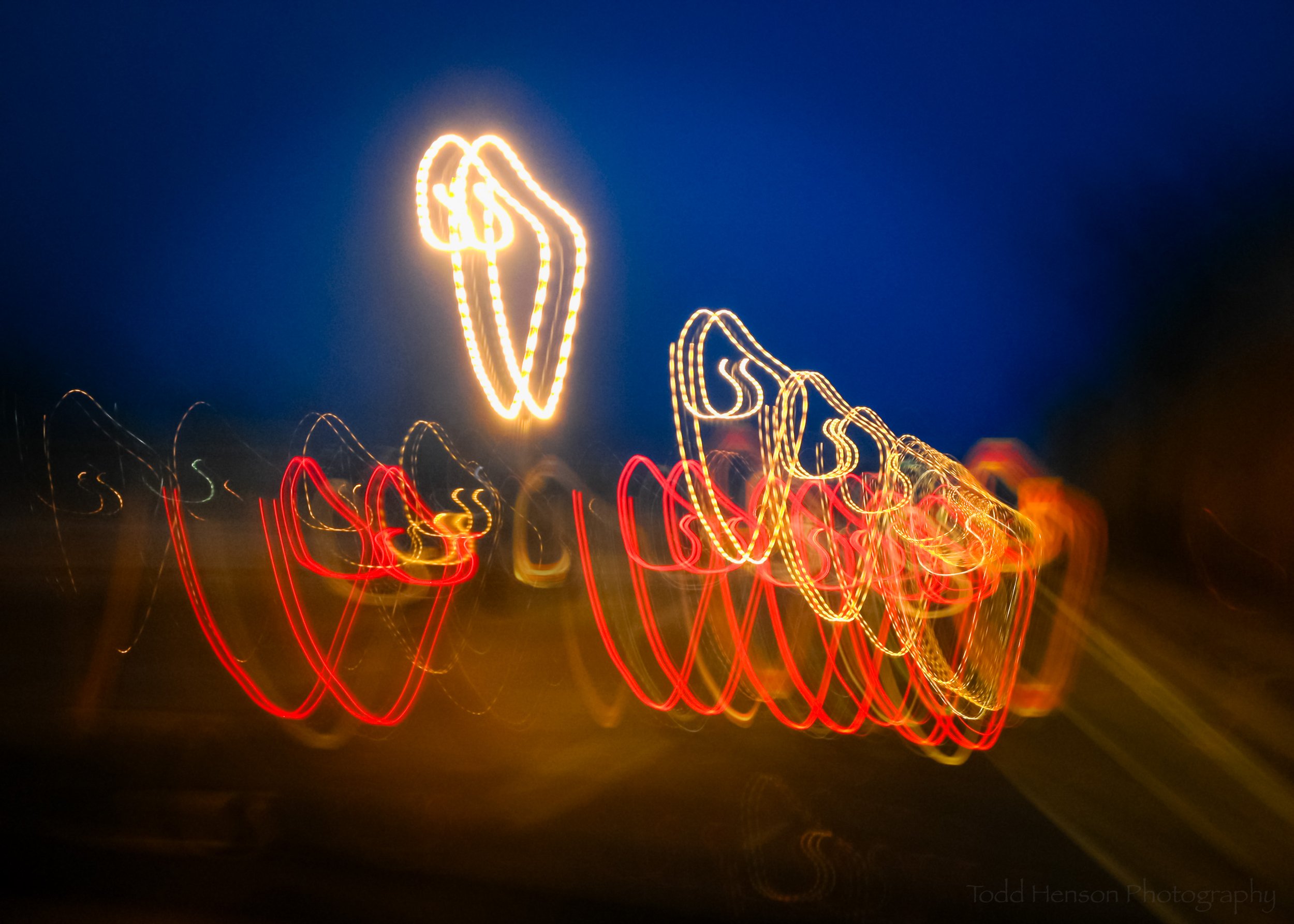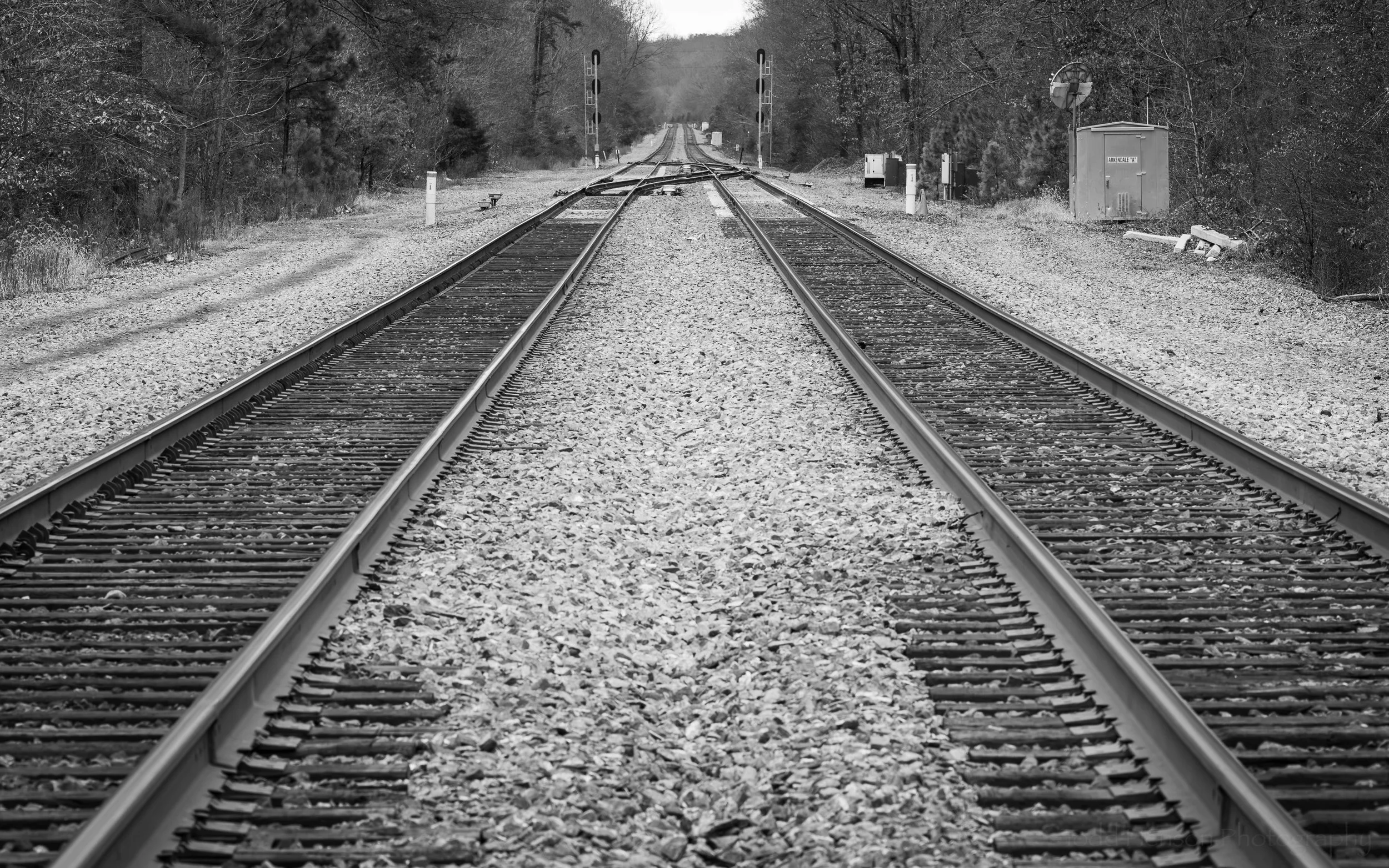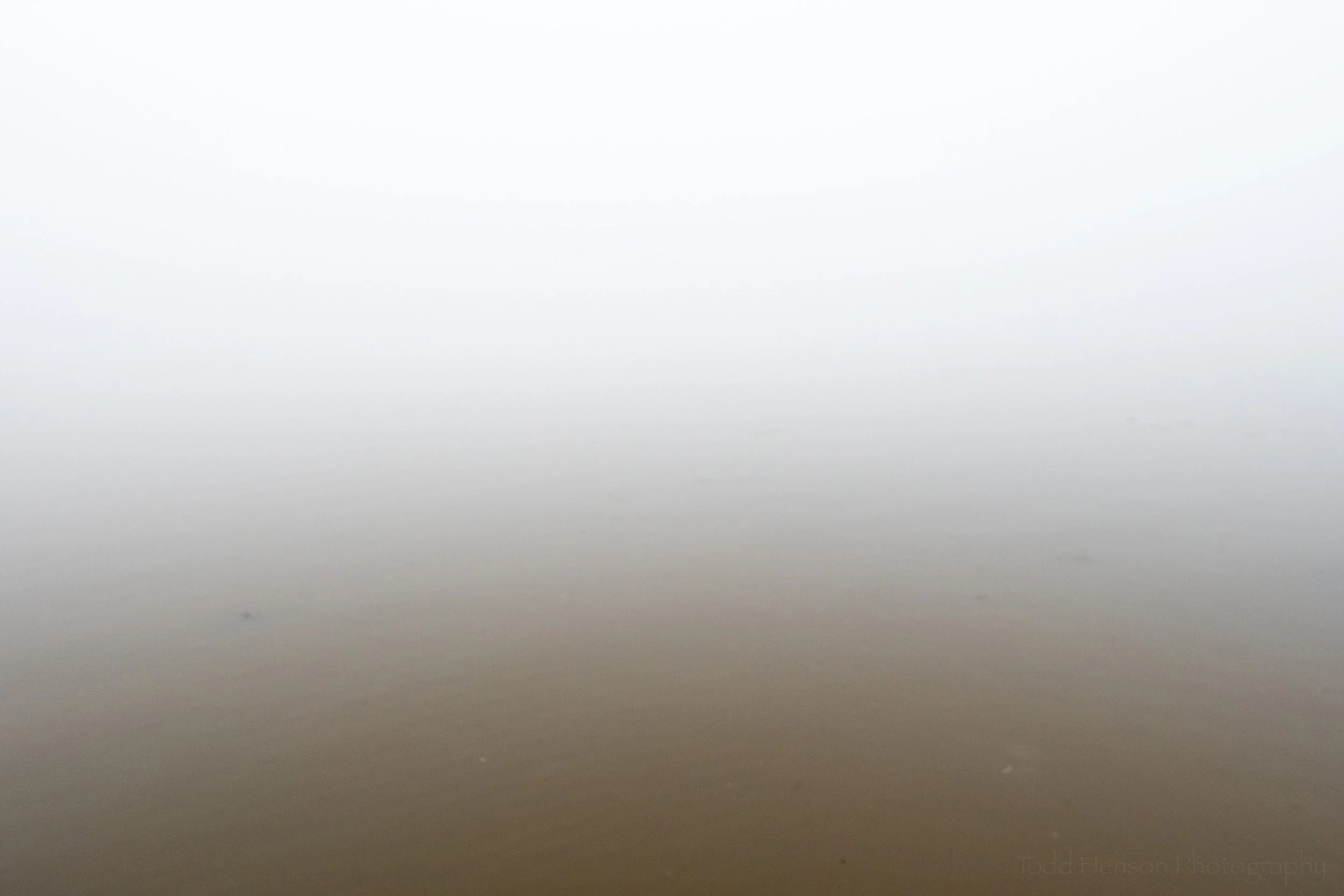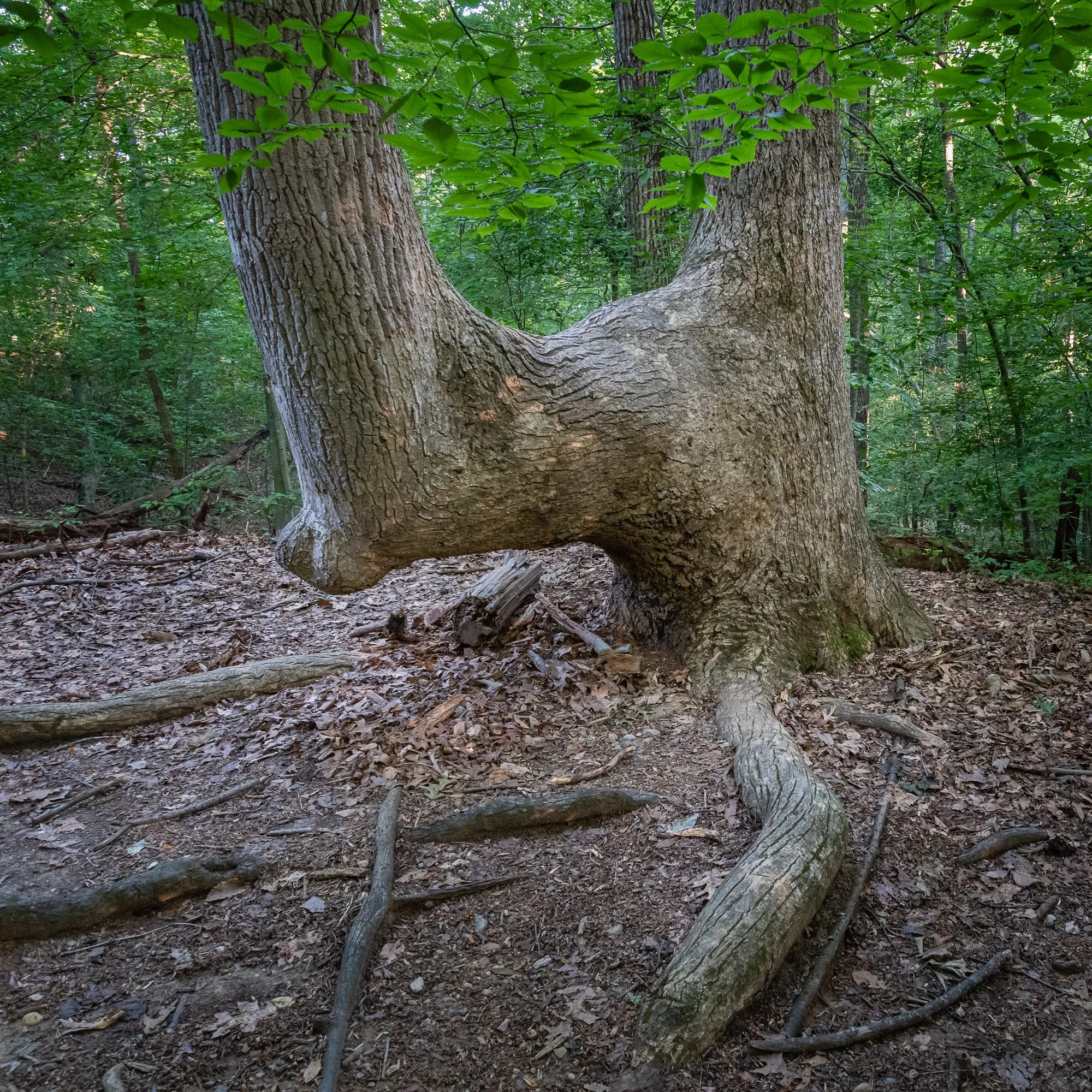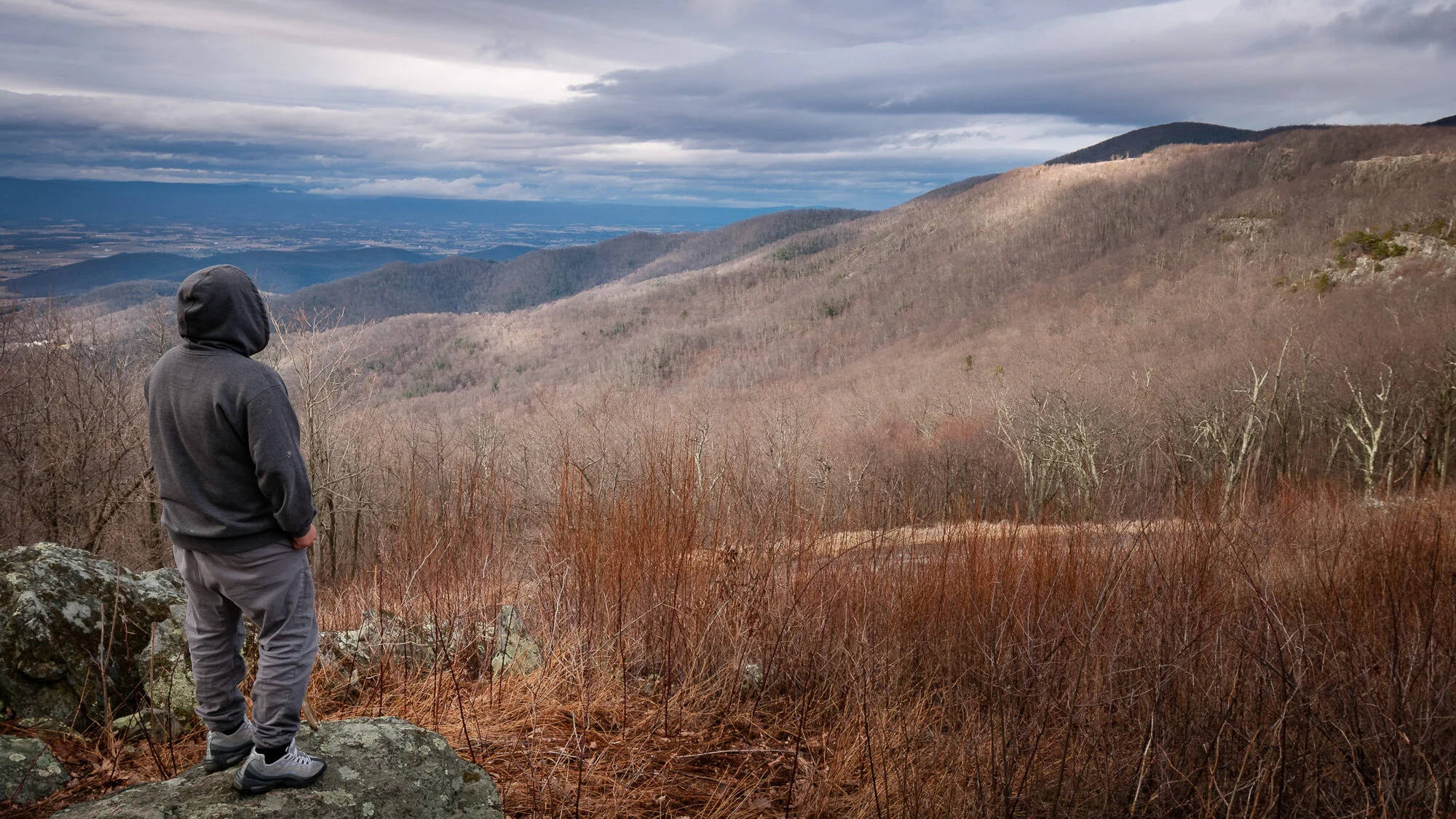Photographing through a macro lens can affect how we see. We may begin to notice smaller details in the scene before us, and find that even when we get very close there’s still an incredibly rich expanse seemingly hidden within such a tiny sliver of space. Of course, capturing what we’re seeing and feeling is another matter entirely.
While hiking trails through the forest in early summer my eyes kept moving to the rich diversity of moss and lichen in various locations. So I picked out one with a mix of color and texture and set to finding a composition. I’ve always struggled with this sort of photograph. What is the subject? There’s so much going on, and yet it’s exactly that complexity that drew my attention. So I tried to include as much of the color and texture as I could. I don’t know what those rust-red things are but I love how they stand out amongst the various shades of green, because of both their color and shape.
Looking back on it now I see things I perhaps could have done better at the time. I’m a photographer who naturally leans towards creating images with shallow depth of field. But an image like this seems to benefit from great depth of field. I knew this so I intentionally stopped down the aperture to capture more of the scene in focus. In this case I used an aperture of f/25, which on a typical wide angle lens might have done the trick. But when you get very close to a subject with a macro lens it becomes increasingly difficult to get everything in focus even with the aperture stopped way down. Granted, with this lens I could have stopped down more, but I’m not sure if it would have been sufficient.
So, what could I have done to increase the depth of field to make everything in the photograph appear in focus? Possibly nothing directly in camera. But I could have used a technique called focus stacking where I create multiple images of the same scene in the field, adjusting the focus just a bit for each image until I’ve captured the entire depth of the scene. Then when I get home I import all the photos into Photoshop and stack them together. Photoshop works its magic, picking the sharpest parts of each image and combining them all into one final, hopefully fully focused image.
I’m still pleased with this image. It shows some of the diversity of tiny life in a forest, and how there’s often so much more there than we typically see. But I also like to analyze my efforts so I can learn and grow, both in techniques like focus stacking, and in the more artistic side of how best to compose such an image. I find the artistic side the most challenging, and one I’m still working on, so today I chose to talk about the more technical side.
If you have any thoughts or suggestions, whether technical or artistic, I’d be happy to hear them in the comments below.
